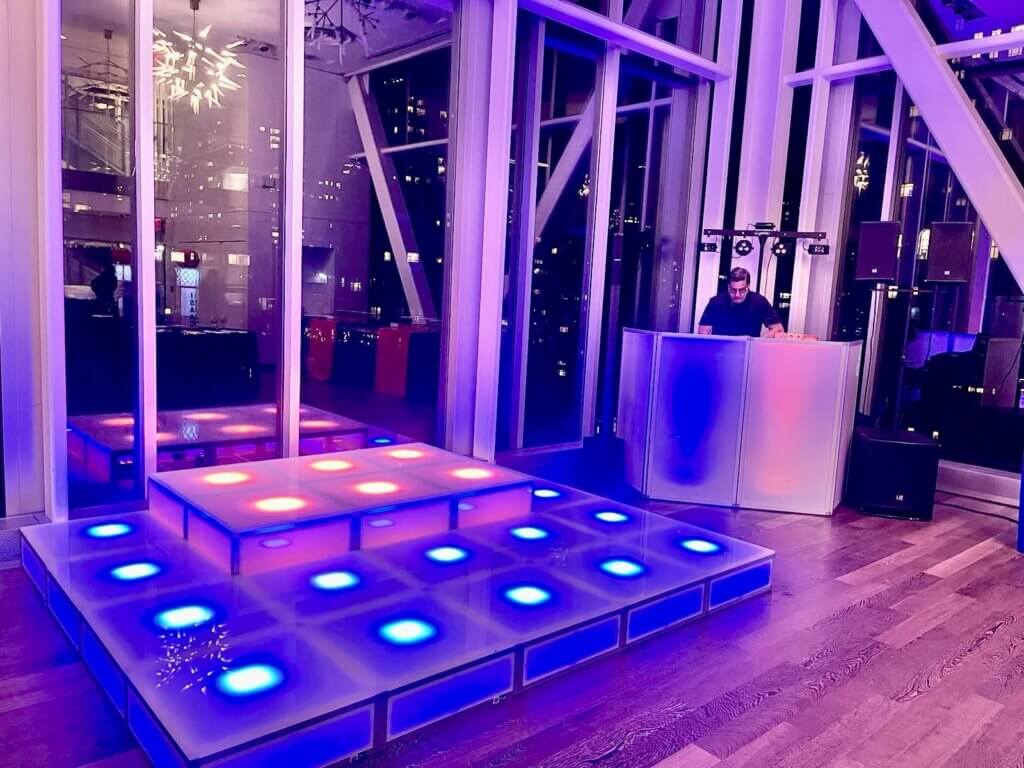
One of the primary functions of lighting on a dancing area is to highlight the performers. Focused lights can be used to direct attention on individual dancers or groups, making them the focal point of attraction. This technique not only displays their movements but also adds a layer of drama to the show. When dancers are lit properly, their facial expressions and techniques become more visible, allowing the audience to appreciate their abilities. This targeted lighting can also help to create a story, leading the spectators through the show.
In furthermore to showcasing performers, colored illumination can greatly affect the atmosphere of the dancing area. Various colors elicit different emotions; for example, warm colors like crimson and orange can create a sense of excitement and vitality, while cooler colors like blue and emerald can promote tranquility and ease. By strategically using colored lights, organizers can manipulate the environment to align with the theme of the occasion or the style of the dance. This considerate approach to lighting design can enhance Continued the overall encounter for all involved.
Flashing lights and other active lighting features can also add excitement to a dancing area. These features can create a sense of beat and motion that complements the music being performed. When synchronized with the beat, flashing lights can make the dance floor feel vibrant, encouraging dancers to groove in time with the pulsing lights. This interaction between light and music can elevate the energy of the occasion, making it more pleasurable for both dancers and audience. The use of such features requires careful planning to ensure they enhance rather than distract from the performance.
Ultimately, the complete design of the lighting arrangement is essential for creating a cohesive look on the dance floor. A well-thought-out lighting strategy takes into account the configuration of the area, the kind of dance being executed, and the audience's experience. By integrating various lighting techniques, such as ambient lighting, highlighting, and unique features, planners can design a aesthetically stunning environment. This focus to specifics not only improves the show but also leaves a memorable impression on the audience, making the event unforgettable. In conclusion, the powerful influence of lighting is essential in enhancing dancing area aesthetics, establishing an captivating and enjoyable encounter for everyone.